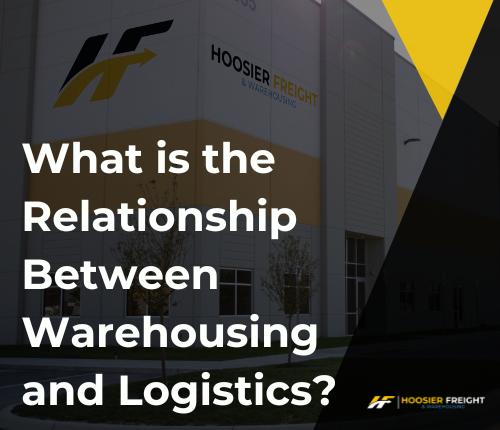
What are the Five Primary Functions of a Warehouse?
Navigating the complexities of Freight and Warehousing demands a thorough understanding of the sophisticated functions of warehousing. Today’s warehouses are more than storage spaces; they are integral to ensuring goods move seamlessly from production to delivery, optimizing the supply chain.
What is the Primary Function of Warehousing?
While storage remains a foundational role, modern warehousing involves a broader spectrum of responsibilities.
Functions of Warehouse Management
“A well-organized warehouse significantly reduces operational costs and improves order accuracy,” states a report by the Logistics Management Institute. Warehouse management now leverages advanced technologies for tracking inventory, optimizing space, and streamlining processes.
What are the Five Primary Functions of a Warehouse?
Today’s warehouses fulfill several crucial roles:
Types of Warehousing
- Storage: Essential for maintaining product integrity and availability. The World Economic Forum highlights that “Efficient storage solutions can reduce overall supply chain expenses by up to 25%.”
- Inventory Management: Critical for balancing supply and demand. According to a study in the Journal of Supply Chain Management, companies with advanced inventory systems report a 20% improvement in order fulfillment speed.
- Order Fulfillment: A direct link to customer satisfaction. Amazon’s fulfillment centers are cited in a Harvard Business Review article as revolutionizing retail logistics by ensuring two-day delivery for Prime members, showcasing the importance of efficient order processing.
- Distribution: Warehouses serve as pivotal nodes in the logistics network, facilitating the timely distribution of goods. A Forbes report notes that strategic warehouse locations can reduce last-mile delivery costs by up to 40%.
- Value-Added Services: Enhancing product value through additional services. A case study on Zara’s logistics model revealed that its in-house customization services in warehouses contributed to a 50% reduction in return rates.
These functions underscore the warehouse’s critical role in enhancing supply chain efficiency and adapting to market demands.
What are the Functional Areas of a Warehouse?
Warehouses are organized into distinct areas, each supporting specific operations:
Warehouse Department Functions
- Receiving Area: “The receiving area is the first checkpoint for quality and accuracy,” notes a logistics expert in a Supply Chain Digest interview, emphasizing its role in inventory accuracy.
- Storage Area: Optimized for accessibility and space utilization, ensuring products are efficiently stored and retrieved.
- Picking Area: The International Journal of Industrial Engineering states that optimized picking areas can improve order processing times by up to 30%.
- Packing Area: Critical for ensuring products are securely prepared for shipment, impacting delivery quality.
- Dispatch Area in Warehouse: This area is where goods begin their final journey to the customer, highlighting the need for precision in loading and scheduling.
- Staging Area in Warehouse: A Logistics Quarterly study describes the staging area as crucial for consolidating orders and streamlining outbound logistics.
These areas are meticulously organized to enhance operational efficiency, demonstrating the warehouse’s complex role in the logistics chain.
Warehouses are indispensable to the modern supply chain, with their roles extending far beyond simple storage to encompass inventory management, order fulfillment, distribution, and value-added services. Understanding these primary functions and the warehouse’s organizational structure can help businesses leverage warehousing to improve logistics operations, increase efficiency, and enhance customer satisfaction.
Leverage Hoosier Freight and Warehousing for state-of-the-art warehousing solutions that transform your supply chain. Contact us to explore how our expertise can optimize your logistics operations and support your business’s growth.



